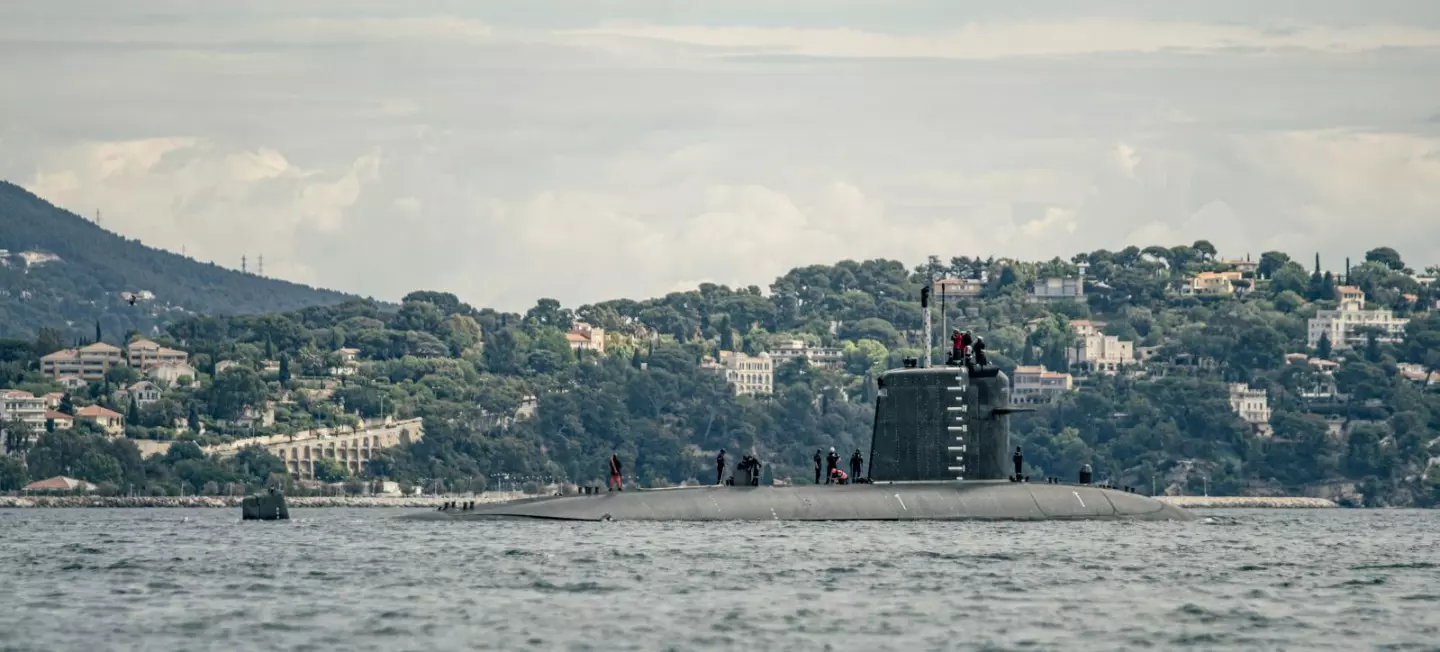In a move worthy of an old-school mad scientist, Naval Group has handed over to the French Navy a "Frankensub" made by stitching together the back half of one nuclear attack submarine with the front half of another.
On June 12, 2020, the French Navy suffered a major mishap when the Rubis-class nuclear attack submarine SNA Perle caught fire while in drydock in Toulon. The fire severely damaged the forward section to the point where it would have been reasonable to simply scrap the boat and call it a day. Instead, the French government decided on a course of action that was almost as ambitious as building a whole new submarine.
Under the eye of the Fleet Support Service, Naval Group was contracted to move the damaged sub to Cherbourg and continue refueling, repair, and modernization work on the undamaged aft section of the Perle, along with clearing out a lot of firefighting foam. They then took the decommissioned Rubis-class boat SNA Saphir and cut off its aft section.

Now came the tricky bit. Naval Group then tried to fit the forward section of Saphir to the rear section of Perle. That's a very simple statement to write, but, in practice, it is a nightmare of engineering. Even though two submarines might be of the same class and design, each one is a unique creation as engineers and shipyard experts solve thousands of problems on the fly related to getting the boat to work.
Fitting the two sections together was like an organ transplant where the patient not only has to recover, but withstand the pressure of thousands of feet of seawater afterwards. This meant using highly advanced cutting and welding techniques and the precise alignment of the two hulls where even the smallest deviation could spell disaster.
Then came the fun part of reconstructing the interior decks as well as connecting hundreds of pipes, cables, wires, and various systems. According to Naval Group, this took 300 people, 100,000 engineering hours, 2,000 updated plans and design documents, 250,000 industrial hours, 2,000 electrical connections, and one million hours of maintenance and repairs.
Having completed sea trials, SNA Perle is expected to remain in service until 2028.
Source: Naval Group







